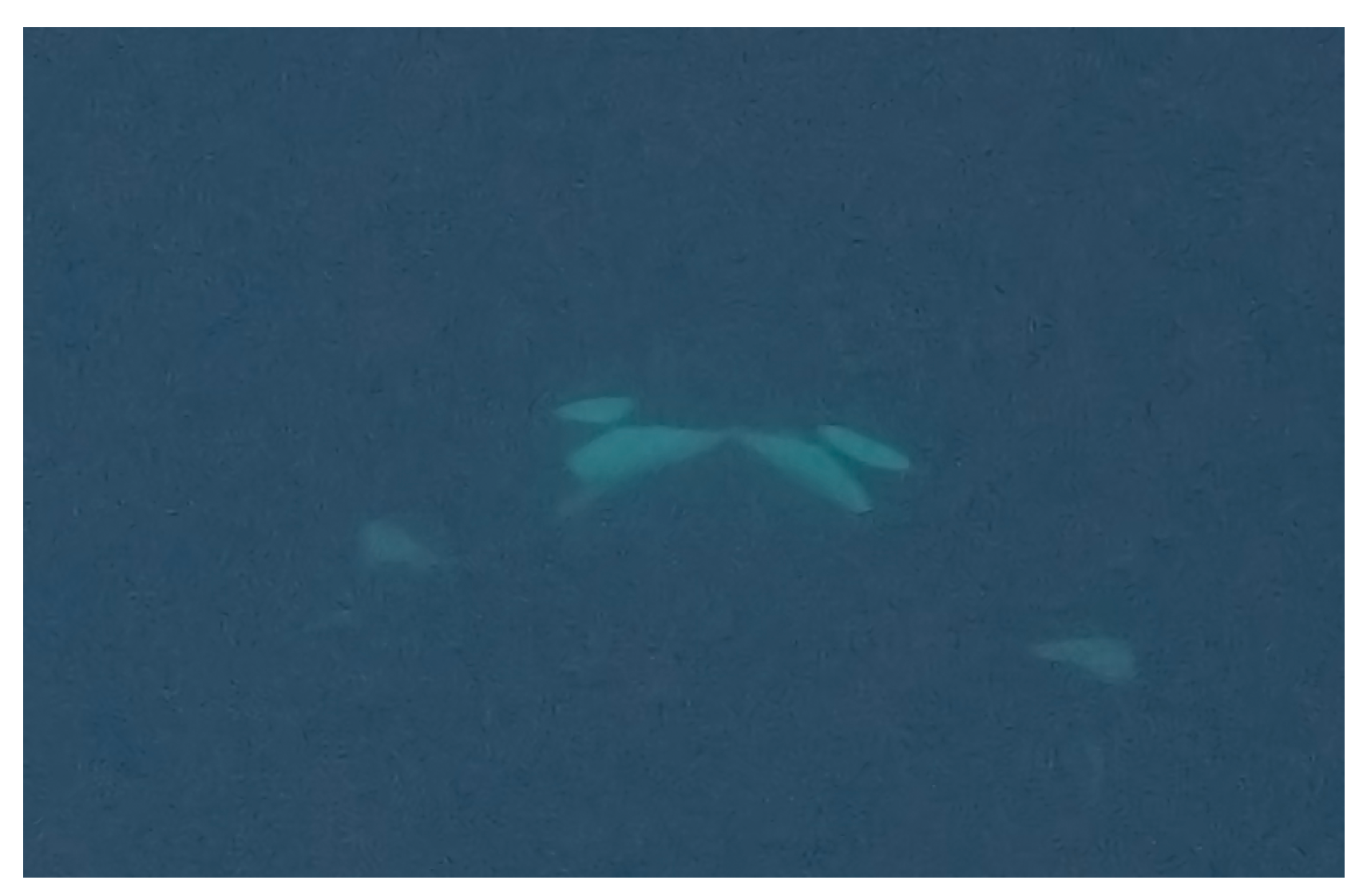
For almost two minutes two killer whales hovered, jaws slightly open, trading gentle nibbles to each other’s tongues before parting and vanishing into the green gloom. The moment, caught on a snorkeler’s GoPro last October at Kvænangen fjords in northern Norway and released in the journal Oceans, marks the first time scientists have recorded what they call “tongue-nibbling” in free-ranging orcas.
The behavior has fascinated biologists for nearly half a century since first discovered in 1978 when researchers studying a young male in a Florida oceanarium listed a brief “nibbling” entry in an ethogram.
A second description surfaced in 2013 at Loro Parque, a marine park in Tenerife, when keepers filmed two captive-born animals engaging in face-to-face mouthing behavior. Still, without field evidence, many colleagues wondered if the gesture was a captive quirk, akin to the head-balancing fad wild orcas once showed with dead salmon.

The new paper by Javier Almunia of Spain’s Loro Parque Fundación and Dutch wildlife guides Johnny van Vliet and Debbie Bouma ends that debate.
“This finding confirms that the behavior, previously observed only under human care, also occurs in the wild,” the authors write, adding that the Norwegian sequence “closely resembles” the Tenerife footage in timing, posture, and restraint. In both cases, the whales approached at low speed, pressed the front of their heads together and repeated the contact several times without any sign of aggression.
A hidden ritual, finally visible
Underwater contact makes up most of orcas’ social life, yet scientists traditionally watch from boats and count surface cues: tail slaps, pectoral waves, pod spacing. Cameras strapped to backs or deployed on drones have begun to fill gaps, but many private exchanges still slip by.
This most recent discovery was made by a tourist group organized by the expedition vessel Vestland Explorer. In October 2024, its two Zodiacs edged into Tverrfjorden, a sheltered arm off Jøkelfjord, while about thirty orcas worked the late-season herring. Guides cut the engines, and guests slipped into five-degree water, floating still while orcas cruised beneath. One camera captured a pair the instant they locked jaws. Back aboard, staff realized they had stumbled on something special and sent the file to Almunia, already familiar with the behavior in captivity.
Slow-motion review showed three distinct bouts: 10 seconds, twenty-six seconds, and eighteen seconds. Between bouts the animals backed off a body length, then reunited. Their posture — tails level, flukes still, no pectoral blows — suggested calm engagement rather than play fighting or courtship.
Social glue or cetacean etiquette?
Why orcas might place tongues in each other’s mouths still remains an open question. The Oceans paper notes that in aquaria, nibbling turns up most often among females and juveniles during quiet periods, fitting an affiliative role much like the body-rubbing rituals of dolphins or the mutual grooming of primates. It could help younger whales practice jaw control, learn individual scent cues, or simply reinforce trust in a species that hunts cooperatively and shares food.
However, in this instance, the two Norwegian subjects looked fully grown. This detail suggests that the gesture extends beyond calves honing their motor skills. It may signal pair bonds within a clan or serve as reconciliation after a dispute, behaviors already documented in captive pods. Only a larger sample—ideally with known family ties and hormone data—will settle the point.
The discovery highlights how modern wildlife tourism, when managed carefully, can advance research. Expedition leaders followed Norwegian guidelines: A lateral approach, idle speed, and no diving toward the whales. The animals showed no avoidance and resumed foraging minutes later. Such practices, the authors argue, provide a template for gathering high-value footage while minimizing disturbance.
The video also renews debate over the scientific worth of orcas kept in parks. Critics argue that tanks restrict movement and eliminate natural prey capture, making direct comparisons challenging. The authors counter that long-term observation under controlled conditions can reveal subtle interactions first, guiding field searches later. Tongue-nibbling, is a case in point: Without decades of aquarium records, researchers might not have recognized the Norwegian scene for what it was.
Future work will rely on tool advancement. Suction-cup tags now collect sound, acceleration and sometimes video for a day or two before floating free. A tag placed on a juvenile in the herring grounds could capture repeated “kisses,” identify initiators and record any vocal exchanges. Machine-learning software might then trawl hours of clips for similar mouth positions across populations from Iceland to Kamchatka.
For now, every new behavior logged in the wild widens our appreciation of orca culture — dialects, hunting tricks, playful headstands under floating ice, and now the discovery of the kiss.









